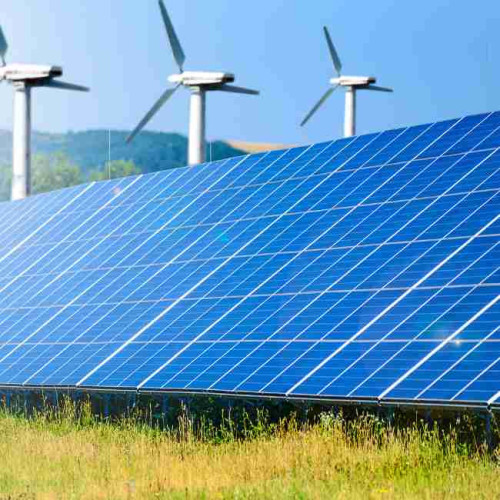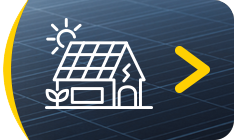- 09 Oct, 2017
- Solar Training , News

We recently discovered a useful infographic on the French website diplomatie.gouv which tells the story of sustainable development since 1972, starting with the Stockholm Conference. This conference was the first international event where the relationship between humans and nature was put on the agenda. Since then, multiple Earth Summits were held, promisses made and treaties ratified. An overview of the topic and a look at recent developments.
The emergence of a new concept
Computer graphics began in 1972 for the reason mentioned above, but the beginnings of sustainable development are older and we must go back to the beginning of the 20th century to find the first scientific reflections on the relationship between human societies and their natural environment. This emerging science called Geonomy experienced some development in Central Europe in the late 1900s. Concerns about the human impact on nature and the management of the resources from which it originates will continue to grow and the Speech of US President Truman (Speech on the State of the Union) in 1949 can be considered as one of the first political acknowledgements. He mentioned the concern for a better use of human and natural resources.
This concern was made explicit in 1968 through UNESCO's Man and Biosphere (MAB) programme, which aimed to protect nature and develop local populations and economies.
The foundations of the concept were laid with at its heart a human development that respects the natural environment and preserves its components for transmission to future generations.
The main dates of sustainable development
Without going into detail on the different dates that have marked the evolution of the term (and that you can consult in detail in the computer graphics), some events have had a particular impact on the definition of sustainable development and the way it has been addressed for 40 years by different countries.
First of all, it was the Brundtland report in 1987 published by the UN World Commission on Environment and Development that established and popularized the concept of sustainable development. If the human aspect was there from the beginning, with development and people's well-being objectives, it is however during the now famous Earth Summit in Rio that human beings were really put at the heart of the concept of sustainable development, notably through Agenda 21, which results from it, a real action plan for the 21st century.
But it was not until 1997 that the Kyoto Protocol, which entered into force only a few years later in 2005, set targets in terms of greenhouse gas emissions; a protocol that is still under discussion since some of the most polluting countries have still not ratified it. Finally, and most recently, the Millennium Summit held in New York in September 2000 integrated environmental protection issues into a set of broad and ambitious development goals dealing with world hunger, disease or literacy.
And how is it today?
Sustainable development, contrary to a fairly widespread idea, is therefore not only about ecology. And the notion is more than ever in every mouth; it is found in the concept of corporate social responsibility, it was one of the topics discussed at the last G20, and Europe is setting up development objectives that go in this direction. The debates around energy transitions are an illustration of this, which have only resulted in a series of recommendations at the French level, which have certainly disappointed. All these initiatives show a real political and civic awareness of the challenges of sustainable development but have not yet had the expected effects. Therefore, the term Odyssee seems to be the right one to use when talking about sustainable development, an Odyssee that should soon experience new developments.
We would like to know what you think! Leave us a comment.











